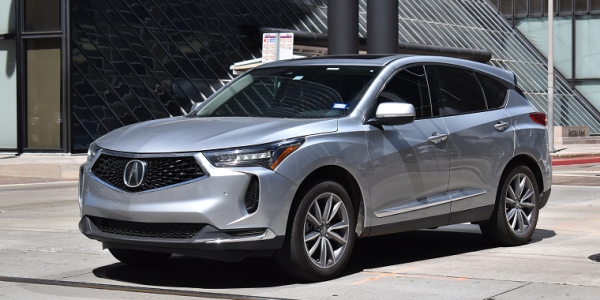Starting with Rates and Policies: Interpreting the Realm of Automobile Insurance

Journeying through the realm of car insurance may often appear overwhelming, with a variety of options and terminology that can leave many being lost. Choosing a suitable auto insurance policy is more than about fulfilling legal requirements; it’s about protecting yourself, your vehicle, and your financial future. With countless providers vying for attention, understanding the intricacies of coverage options, premiums, and claims may make a vital impact in obtaining a policy that truly matches your needs.

Car insurance is vital for every driver, providing a safety net against the unforeseen events that may occur on the road. Including accidents to theft or natural disasters, having the right coverage can lessen financial stress and ensure peace of mind. As we delve deeper into the components of car insurance, we will decode the complex language and help you make educated choices that align with your individual circumstances.
Comprehending Automobile Insurance Basics
Vehicle insurance is a essential financial service that shields vehicle owners from possible damages arising from incidents, robbery, or harm. best car insurance Dallas delivers protection for multiple events, allowing operators to feel more confident on the road. Choosing the right vehicle insurance can be overwhelming due to the many options available and the particular provisions that differ from one plan to the next.
Generally, car insurance contracts consist of several key features, including third-party coverage, crash coverage, and comprehensive coverage. Liability coverage aids pay for losses or damages you may inflict to others in an incident. Crash coverage safeguards your own automobile in instances of collisions, while extensive coverage addresses non-impact incidents such as theft or natural disasters. Understanding these features is essential for choosing a contract that fits your needs and financial situation.
In assessing the expense of vehicle insurance, several considerations come into play, including the driver's demographic, driving history, model of automobile, and area. Insurance companies examine these factors to calculate premiums and determine coverage options. Recognizing what influences your coverage costs can help you to make smart decisions to achieve the right harmony between coverage and financial feasibility.
Categories of Auto Coverage Plans
Auto coverage plans can be generally classified into several types, each created to provide different levels of coverage based on personal needs. The most common kind is liability coverage, which covers damages to other people and their property in the event of an accident where you are at fault. This is usually mandatory by regulation and guarantees that drivers can compensate others for their harm and losses.
Another important kind of policy is collision coverage, which protects against damage to your personal car resulting from a collision with a different car or thing, irrespective of fault. This is particularly valuable for newer or more expensive vehicles, as it assists with repair costs and safeguards your investment. In addition, full insurance provides protection for non-accident incidents, such as robbery, malicious damage, catastrophes, and collisions with animals, providing a more extensive coverage for car owners.
Finally, there are specialized policies like uninsured motorist coverage, which protects you in case of an accident with a driver who lacks insurance or has inadequate protection. There is also individual injury protection, which covers healthcare costs and lost wages for you and your passengers after an incident. Comprehending these different kinds of auto insurance policies helps consumers make educated decisions tailored to their particular requirements and circumstances.
Factors Determining Vehicle Insurance Costs
Several elements play a role in the determination of automobile insurance costs. A primary most significant factors comes from the driver's profile. Age group, gender, marital status, and history of driving all play key roles. Teenage drivers, especially young men, often face elevated costs because of perceived increased risk. Furthermore, a good driving record with minimal accidents as well as traffic violations can lead to decreased rates, while a history of claims can increase premiums considerably.
The type of automobile insured further affects automobile coverage premiums. Cars with higher safety ratings and reduced theft rates typically result in lower costs. On the other hand, vehicles that are costly to repair or are more likely to be stolen may cause increased insurance costs. Moreover, the vehicle's age along with the availability of safety features, like automatic braking and anti-lock brakes, can additionally affect premium calculations.
Location is another significant factor influencing car insurance costs. Areas with high crime rates as well as dense traffic can lead to higher premiums because of the greater likelihood of accidents or theft. Insurers can also evaluate local weather patterns, as regions prone to natural disasters may see higher rates. Thus, understanding these various influencing factors can help drivers arrive at educated decisions concerning their auto insurance policies.
